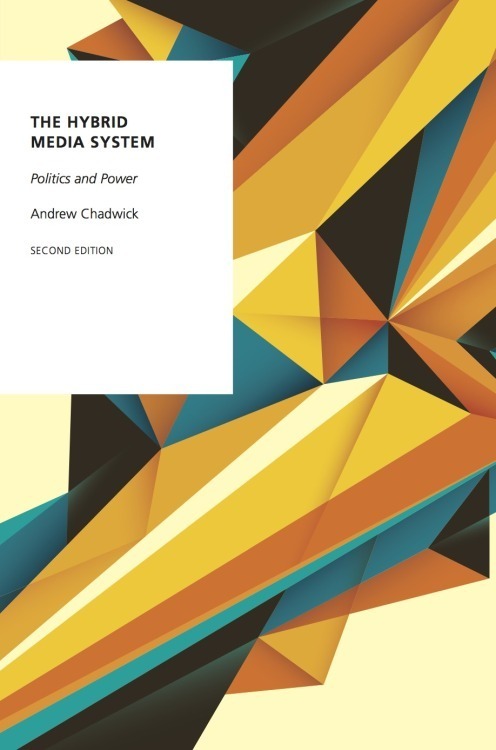New Article Available in Preprint Now: Why People Dual Screen Political Debates and Why It Matters for Democratic Engagement
/Update May 31, 2017: This piece has now published in the journal. See the link at my articles page.
* * *
I have a new article (co-authored with Ben O’Loughlin and Cristian Vaccari) out in a few weeks in the Journal of Broadcasting & Electronic Media. It’s the second piece in our ongoing dual screening project and it features in a special issue devoted to dual screening, edited by Homero Gil de Zúñiga of the University of Vienna.
With the unexpected UK general election called for June 8 and the debate heating up about whether there will be televised debates this time around, our findings demonstrate the positives and the negatives for political engagement of today’s dual screened TV debates.
Our study draws on a large social media dataset we gathered and a unique panel survey we designed and deployed to assess the role of dual screening during the 2015 UK general election.
How we did this
Our data for this article come from Britain’s live, televised 2015 general election debate, broadcast by national channel ITV on April 2, 2015. With 7.4 million viewers (a 33 percent evening audience share) this was the main television event of the campaign and the first debate in British history to feature all seven major and minor party leaders on one stage.
We used large-scale Twitter data to identify the 164,262 individuals who dual screened the debate using the official hashtag #leadersdebates. We then invited 32,854 of these users to take our custom-designed survey (wave 1 immediately after the debate, wave 2 after polling day). We analyzed the responses using a series of multivariate statistical models (N=2,351 for wave 1; 1,168 for wave 2).
We unearthed some surprising findings about people’s motivations to engage in dual screening to influence others and how this boosts their long term cognitive engagement with the campaign, but we also identified a motivations and influence divide and a significant gender gap. Here is a summary of the key findings.
Dual screening is not just a weapon of the strong
The less politically efficacious and less politically-interested received greater cognitive and influence-related benefits. They reported learning about the election and gaining influence over Twitter users beyond their own followers (though not journalists and politicians).
Dual screening nudged the less influence-oriented to get engaged right after the debate. Those seeking information (not influence) from the debate reported higher levels of post-debate engagement.
Accidental exposure played a role. The greatest cognitive and influence benefits were experienced by those who did not plan to watch the televised debate but ended up watching after reading about it on social media.
The social media practices of dual screening matter for engagement
Those who followed hashtags believed their comments on the debate influenced Twitter users in general, and politicians. They also said this assisted with vote choice.
Using social media to read and comment, encountering Twitter hashtags, searching Twitter, and being exposed to debate-related mentions all predicted higher levels of immediate post-debate engagement.
Commenting on social media had two longer-term influences on cognitive engagement: increased attention to the campaign, and learning enough to make an informed vote choice.
Overall, the more active social media practices of dual screening (commenting and engaging with hashtags) made it more likely that people would experience empowerment, become politically engaged immediately after the debate, acquire information useful in forming political judgments, and maintain higher levels of cognitive engagement during the rest of the campaign.
But we found two important caveats to these generally positive outcomes.
There is a motivations and influence divide
Highly motivated influencers believe they influence their own Twitter followers, Twitter users beyond their followers, journalists, and politicians. This is not the traditional two-step flow model of opinion leadership. It’s push-back, multi-step-flow.
Sharers prioritize sharing information but only see their influence as spreading to their own Twitter followers and Twitter users in general. This is the more traditional two-step flow, though it is still agentic.
There is a gender agency divide
Women were more likely to be information-seekers and say dual screening assisted with their voting decisions.
Men were more likely to be influence-seekers and say they had achieved influence over their social media followers.
Downloads
You can download a PDF here. Apart from the typesetting, this is identical to the accepted article.
You can also download the “edited highlights” in the form of the slides we used when we presented the study at a recent conference on Cross-National Perspectives on Digital Democracy, organised by Stanford University and LUISS, in Rome, on April 6 and 7.
Enjoy… :-)




